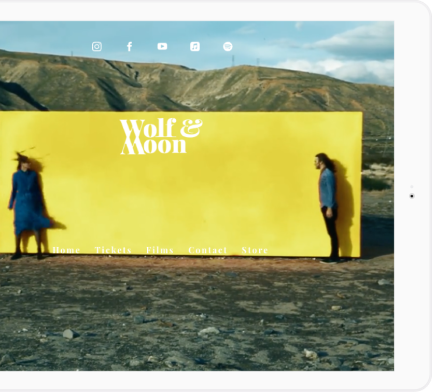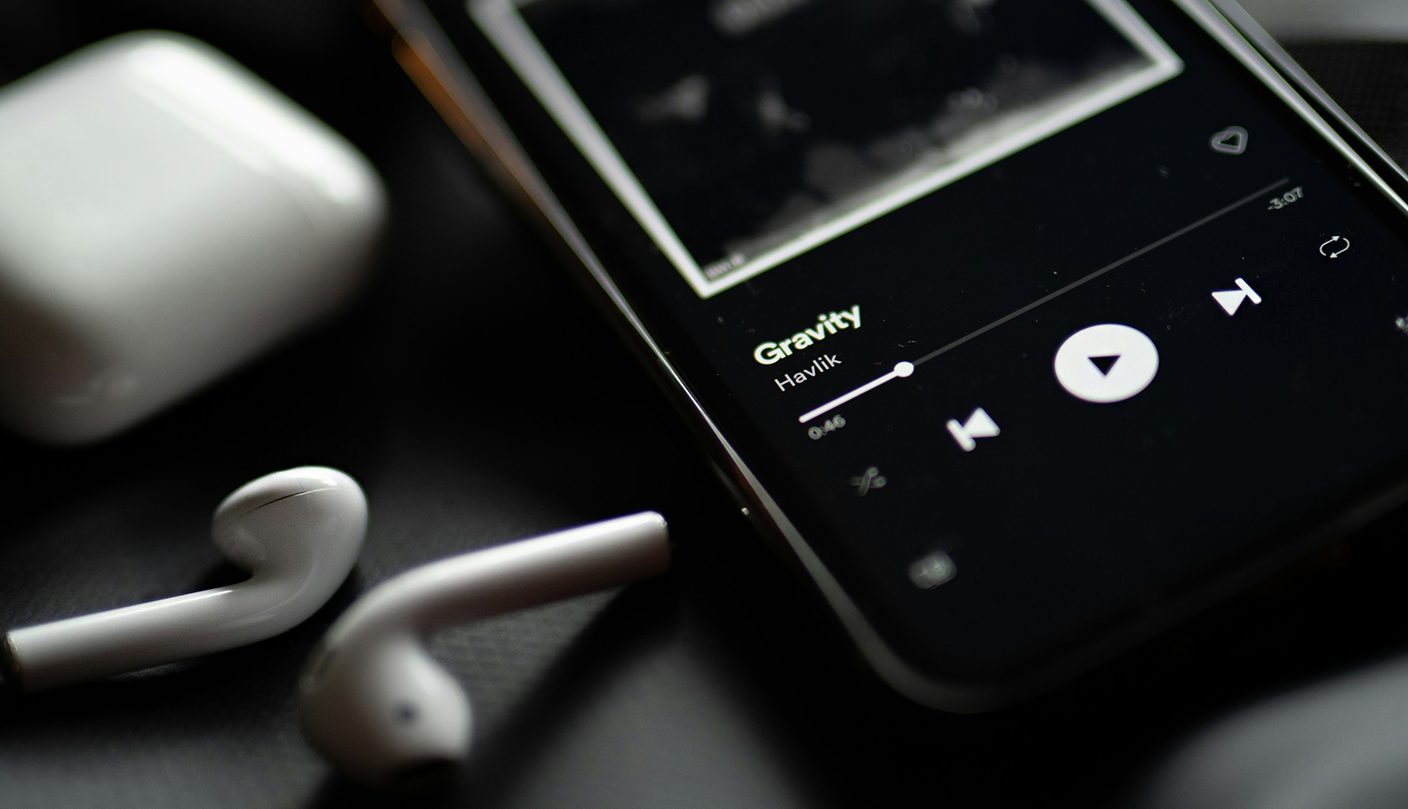Although DIY artists are finally starting to earn more royalties from music streaming services, it’s still quite rare to make a living off of that income. But does that mean that distributing your music is pointless? Far from it.
Major platforms like Spotify, Apple Music, Amazon Music, and Pandora offer free artist dashboards to track and analyze how your songs are performing. They also provide you with invaluable data that can help you understand who your audience is, where to tour, how to most effectively spend your marketing dollars, and much more.
So how do you leverage all this data to grow your streams, and also benefit the other areas of your music career?
Focus on actionable metrics
It’s easy to get fixated on increasing numbers that impress others and give you a little ego boost. You might feel like you need to reach a certain threshold of streams in order to be successful.
While it’s always encouraging to see these numbers go up, the truth is that they’re just vanity metrics. This includes anything you can measure that, while not completely meaningless, doesn’t matter all that much in the grand scheme of things.
Sure, total streams are a factor in determining your payout from streaming services. But assuming you’re among the vast majority of independent artists who aren’t quite making the big bucks from royalties, it’s much wiser to focus on quality over quantity.
Instead of obsessing over your stream count, pay attention to actionable metrics, which help you make data-backed decisions that have an impact on your music career growth. Specifically, this can include indicators like how engaged your followers are, which tracks are being shared and saved to playlists, and which demographics are most engaged with your work.
For example, Spotify for Artists makes it easy to track detailed song, release, and audience stats. You can filter by date range to see whether certain promotional efforts or live shows have correlated with a spike in streaming activity. You can even compare detailed breakdowns of audience segments such as super listeners, moderate listeners, and light listeners.
Another key metric you’ll want to measure is your follower growth over time. This is important because, on average, new followers are three times more likely to stream your music over a six-month period. When a listener follows you on Spotify, your new releases will automatically show up in their personalized Release Radar playlist. They’ll also get notifications about shows you’re playing in their city.

Build a stunning website for your music
Bandzoogle gives you all the tools you need to create your own unique band website, including responsive templates and commission-free selling tools.BUILD YOUR WEBSITE
How to get access to your streaming data
Spotify for Artists
In order to get access to your Spotify data, you need to be a verified artist. If you’re not already, just follow these steps, or get instant access through a distributor like DistroKid.
Once you have that blue check mark next to your artist name, all of your streaming insights and audience stats will be available in your Spotify for Artists dashboard. You’ll also gain full control over your artist page, and you’ll be eligible to pitch your upcoming releases to Spotify’s editorial team.
Apple Music for Artists
Apple Music for Artists provides you with valuable tools to understand your audience and promote your music. As long as you’ve had a release on Apple Music for at least five business days, you can claim your artist page.
First, you’ll need to request access through either the Apple Music for Artists iOS app or website. Apple will then need to verify your identity, and you’ll receive status updates via email. You can speed up the verification process by providing these details: your distributor, music website, and social media accounts.
Amazon Music for Artists
Amazon Music for Artists is a one-stop shop with real-time analytics, fan engagement features, and monetization tools like selling your own merch. The app is available for both iOS and Android, as well as on the web.
Similar to the other platforms, you’ll need to claim your artist profile. But if you use DistroKid to distribute your music, the process is much easier — you get instant access to the Amazon Music for Artists app.
Pandora AMP
Pandora is only available to listeners in the United States, but artists from anywhere in the world can sign up for Pandora AMP. The platform contains a powerful suite of insights, profile customization, and content creation tools for DIY artists.
If you have your music on Pandora, just claim your Pandora AMP artist account here and wait to be verified.
What to do with the data once you have it
Once you start regularly checking in on your streaming data, you’ll be able to make more informed decisions about different aspects of your music career, such as:
- Where to route your next tour (based on top listener locations)
- Which songs to include in your setlist (based on song and location data)
- Which audiences to target for social media ads (based on listener demographics)
- How well your marketing is working for various releases (based on album insights)
- Organizations to reach out to for partnerships (based on listener demographics)
- Artists to go on tour or collaborate with (based on the other artists your fans listen to)
- Which single to put more promotional effort behind (based on song and playlist data)
- Which tracks to pitch to local radio stations (based on listener demographics)
Keep in mind that no matter how much data these platforms offer, it’s on you as an independent artist to analyze your key metrics, which will depend on what goals you set. With consistent effort, you’ll be able to turn all of that data into tangible action steps to grow your music career.



